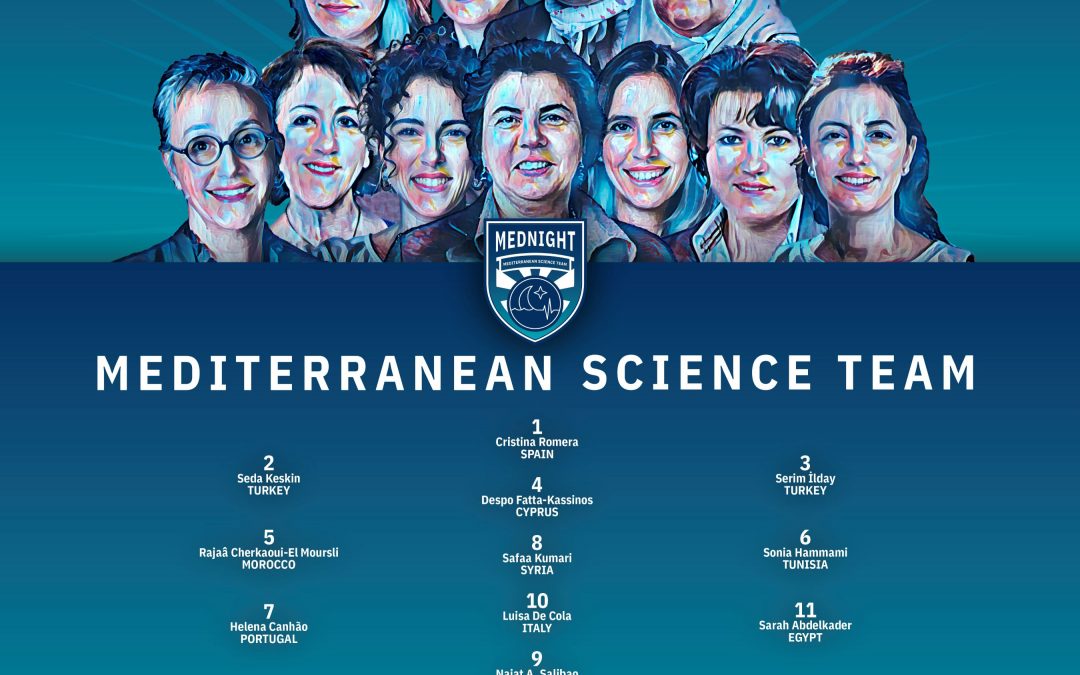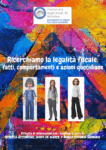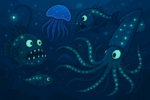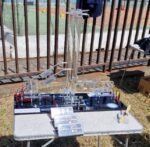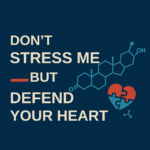


Najat Aoun Saliba. Lebanon
Najat Aoun Saliba is a Professor in Chemistry at the American University of Beirut. She leads several locally relevant and globally important inhalable and atmospheric aerosol chemistry and climate change projects. Recently, she concentrates on community-driven...
MEDNIGHT internationalises its team and is funded by the European Commission
On March 8th started the 5th edition of “Mediterranean Researchers’ Night” or MEDNIGHT, a project funded by the European Union that aims to show the friendlier side of science that is carried out in Mediterranean countries to young people and adults....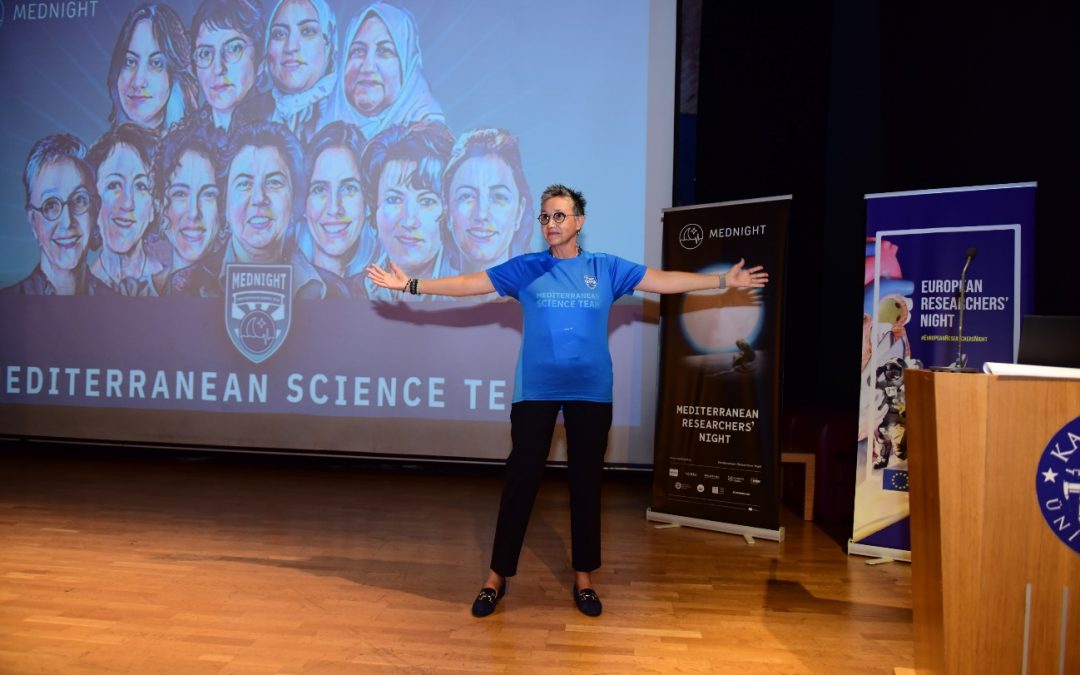
The Mediterranean Science Team 2023 Gala in Istanbul; “Every voice matters”.
Lebanese researcher Najat A. Saliba receiving the Mediterranean Science Team T-shirt. The Mediterranean Science Team 2023 Gala opened with the delicate sound of a small stringed instrument, a kemence, whose origin is attributed in equal parts to Greeks and Turks. 11...